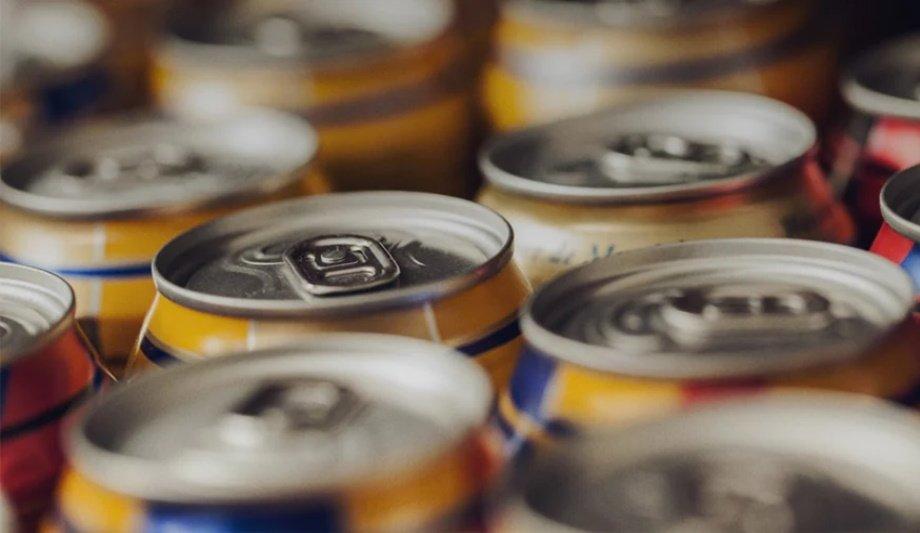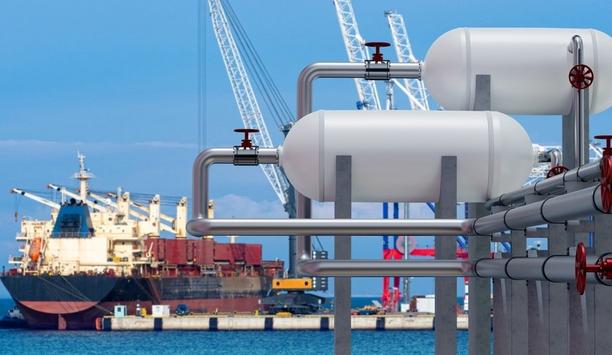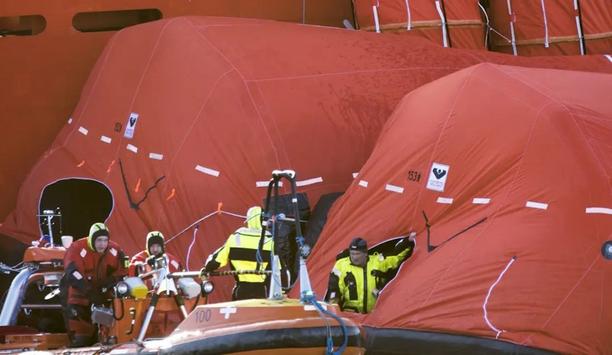Covid-19 has changed people’s lifestyles, including drinking habits. With outdoor outlets and restaurants shut, people have been consuming more beverages at home. According to the Organisation for Economic Co-operation and Development (OECD), online sales for alcoholic drinks jumped by up to 234% in the United States (US) in 2020.
This new behaviour intensified the shortage of aluminium cans in the US market. One of the world’s largest brewers was facing this crisis as well. This is the story about how Maersk was able to supply a flexible and timely solution at a time when large capacity and cost-effectiveness were vital to the business.
The customer
The customer is one of the world’s largest brewing companies and engages in the manufacture and distribution of alcoholic and non-alcoholic beverages.
With a diverse portfolio of well over 500 brands, some of their beers are among the most recognised in the world. The company has around 170,000 employees based in nearly 50 countries.
The challenge
The logistics process needed to be lean, cost-efficient and flexible The customer was under pressure due to the severe shortage of empty beer cans. They were looking to get the cans delivered from vendors in China to waiting for manufacturing lines in the US. The main challenge: these vendors have located in interior China, several thousand kilometers away from any ports. The distance compounded several other challenges, including:
- Large volume: The customer planned to ship a substantially large volume of cargo, in the range of 2,000 Forty Foot Equipment (FFE) per month, which is very demanding both for space and equipment capacities.
- Multiple pick-up locations: There were two suppliers at origin. Goods were to be collected and assembled from both sources before shipping.
- Need for flexibility: The solution would require a mix of inland and ocean coordination, with one step in the supply chain highly dependent on the other.
- Lead time: The customer was under high pressure to meet surging market and manufacturing demands. That meant a shorter window to reach gateways starting from the first mile.
- Local market knowledge: The customer was not based in China. They needed a local partner to find the best routes and modes of transportation.
- Chinese New Year rush: With the festival around the corner, it was a big challenge to maintain a stable and relatively large cargo capacity. The customer needed a partner who could ensure an uninterrupted supply chain.
In summary, the logistics process needed to be lean, cost-efficient and flexible to meet the extremely high demand patterns and short lead times.
The solution
A mix of first-mile trucking and rail that directly connected to ocean gateways seemed to offer the best balance The customer needed a global solution at a local level. That’s where the teams in China stepped in. They partnered with the customer to understand the specific requirements in detail and listed out all the possible solutions. After weighing the pros and cons, a mix of first-mile trucking and rail that directly connected to ocean gateways seemed to offer the best balance between time, cost and space.
The solution included a multimodal approach to link the places of origin with the Maersk gateways and the ocean products. These included:
- Offering more flexibility by setting up an inland rail product and securing capacity on first-mile trucking
- Adding more efficiency and agility by making 40-foot high cube (HC) shipping containers available both at the inland rail ramps and the gateways
- Reducing lead time with a direct drayage (trucking) service from inland factories to Ningbo/Shanghai ports
The result
The Maersk teams were able to offer an agile solution that was flexible in its approach while being highly cost-efficient. Some of the direct benefits to the customer were:
- Reducing inland lead time within China to three days (compared to the 10 days taken on barges)
- A 35% reduction in supply chain costs for the customer
- Cutting space uncertainties by guaranteeing the capacity, load volumes and equipment availability
- Reducing the customer’s downstream supply chain risks in the US with on-time logistics
- Helping the customer to capitalise on larger market opportunities by meeting their demands through a reliable logistics process backed by expert global and local teams










